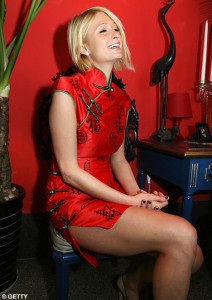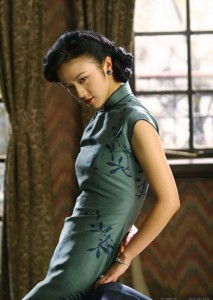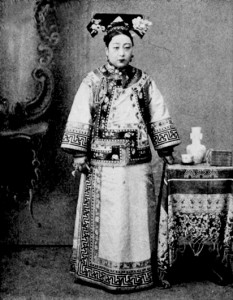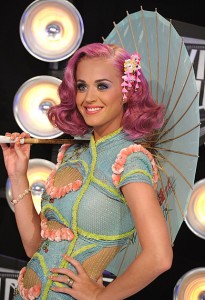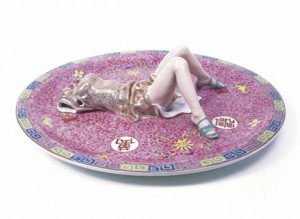
Photo citation: http://www.chinatoday.com/culture/qipao/qipao.htm
The qipao began as long lose fitting clothes, that had draping sleeves and skirts. The beginning of the qipao was at the time in Chinese history when the Manchu people took over. This loose clothing fit what the Manchu people valued, work. Before the Manchu took power, Chinese women could not really work because of their bound feet. However the original qipao would allow woman to still work.
The qipao changed over time. It became shorter and tighter with small sleeves and slits. This is drastically different from the original qipao, but soon the new qipao became hugely popular world wide. At one point the qipao was not thought of as appropriate dress by the Chinese government but since there was so much popularity of the dress world wide, the qipao was brought back to its home of China.
not much room for general description and need a central argument
In the photo above the woman is wearing a qipao at the time of its “home-coming”. This is a new qipao with a shorter hem. There are two long slits going up the womans’ dress. This qipao has the classic high collar neck and button up neck opening. There is also small cap sleeves. The material and pattern of the qipao seems to be traditional (silk and floral pattern). However the rest of the photo has western elements. The woman’s shoes appear western. Her hair looks a lot like how woman had their hair in the 20s in America. The room itself looks western with the leather couch and little decoration elsewhere in the room.
The whole picture suggests the mixing of Chinese and Western style, while the qipao has some of the similar elements of the original dress, it is different. This new qipao has western influence but it is still sexualizing the female body. The woman is seated facing the camera in an “inviting stance”.
This sexualizing of the female body works in both Chinese and the Western ways of life. This in turn implies that the meaning of the qipao was changing to sexualizing. This is a stark contrast to the original qipao that was shapeless. The new qipao now stands for femininity and the coming together of the Chinese and Western world.
if Chinese style and Western influence for the purpose of sexualization of woman is the argument, then introduce it at the beginning and explain with persuasion






